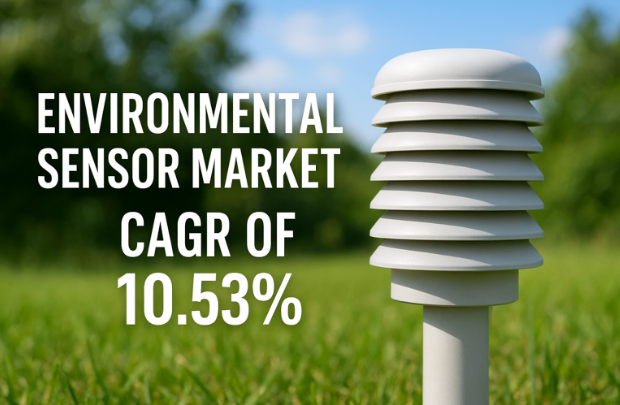Water scarcity has emerged as one of the most pressing global challenges, pushing industries, municipalities, and governments to adopt sustainable water management strategies. One of the most impactful solutions gaining traction is water recycling and reuse, which not only conserves freshwater resources but also reduces environmental pollution. Efficient water treatment technologies and strict regulations around water usage have accelerated the adoption of these systems across multiple sectors, including industrial, municipal, and agricultural.
The Water Recycle and Reuse Market size was esteemed at USD 17.77 billion in 2024 and is expected to reach USD 38.77 billion by 2032 with a growing CAGR of 10.24% over the forecast period 2025-2032. This remarkable growth is primarily driven by the rising need for sustainable water management solutions, coupled with increasing industrial water consumption and urbanization. Governments worldwide are implementing policies and incentives to promote water reuse, which has further fueled market expansion.
Key Drivers Fueling Market Growth
One of the primary drivers of the water recycle and reuse market is the growing water scarcity crisis. Rapid industrialization, population growth, and climate change have heightened the demand for clean water, pushing industries to adopt reuse technologies. For example, the textile, food & beverage, and power generation sectors are increasingly investing in recycling wastewater to reduce dependence on freshwater sources.
Technological advancements in water treatment systems are another factor propelling market growth. Innovations such as membrane filtration, reverse osmosis, and ultraviolet disinfection have significantly improved the efficiency of water recycling processes. These technologies not only ensure high-quality treated water but also reduce operational costs for industries, making water reuse an economically viable solution.
Segmentation Analysis
The market can be segmented based on technology, application, and end-user.
- By Technology: Membrane-based systems, chemical treatment systems, and biological treatment systems dominate the market. Membrane systems, especially reverse osmosis, are witnessing the fastest adoption due to their efficiency in removing contaminants and producing high-quality reusable water.
- By Application: Industrial applications hold a significant share, driven by sectors such as textiles, chemicals, and power generation. Municipal applications are also expanding rapidly, particularly in regions facing acute water shortages, as urban wastewater is increasingly treated and reused for non-potable purposes such as irrigation, landscaping, and industrial cooling.
- By End-User: Key end-users include industries, municipalities, and agricultural sectors. Industries are prioritizing recycling to meet environmental compliance and reduce water procurement costs, while municipalities aim to provide sustainable water supplies to growing urban populations.
Regional Analysis
Geographically, North America and Europe have historically led the water recycle and reuse market due to stringent regulations and advanced water management infrastructure. The U.S. and Germany, in particular, are investing heavily in wastewater recycling projects and smart water networks.
Asia-Pacific, however, is anticipated to witness the highest growth rate over the forecast period. Rapid industrialization, urbanization, and increasing water stress in countries like India, China, and Australia are driving adoption of water reuse technologies. Additionally, government initiatives and funding for sustainable water projects in these regions are creating significant market opportunities.
Latin America and the Middle East & Africa are also emerging markets for water recycling and reuse. Countries like Brazil, Saudi Arabia, and South Africa are implementing large-scale desalination and wastewater treatment plants to address water scarcity, which is expected to further boost market growth.
Competitive Landscape
The water recycle and reuse market is highly competitive with several global and regional players. Key companies are focusing on technological innovations, strategic partnerships, and mergers & acquisitions to strengthen their market position. Companies are also emphasizing the development of energy-efficient and cost-effective water treatment systems to attract industrial and municipal clients.
Notable players in the market include Veolia, SUEZ, Xylem, Ecolab, Aquatech, Kurita Water Industries, and Lenntech. These companies are investing in research and development to provide scalable and sustainable solutions that can address the growing water challenges across industries and regions.
Future Outlook
The future of water recycling and reuse looks promising, driven by the twin challenges of water scarcity and environmental sustainability. With governments worldwide emphasizing water conservation and industries seeking cost-effective water solutions, the adoption of water reuse technologies is expected to accelerate. The integration of smart water management systems, IoT-based monitoring, and AI-driven analytics will further enhance operational efficiency and resource optimization.
In conclusion, the water recycle and reuse market is poised for significant expansion in the coming years. By leveraging advanced technologies and supportive regulatory frameworks, industries and municipalities can contribute to global water sustainability while achieving economic benefits.
FAQ
1. What is the CAGR of the water recycle and reuse market?
The market is expected to grow at a CAGR of 10.24% from 2025 to 2032.
2. What is the forecast for the water recycle and reuse market by 2032?
The market is projected to reach USD 38.77 billion by 2032.
3. Which regions are expected to witness significant growth in water recycling and reuse?
Asia-Pacific is expected to witness the highest growth, while North America and Europe remain key markets due to advanced infrastructure and regulations.


